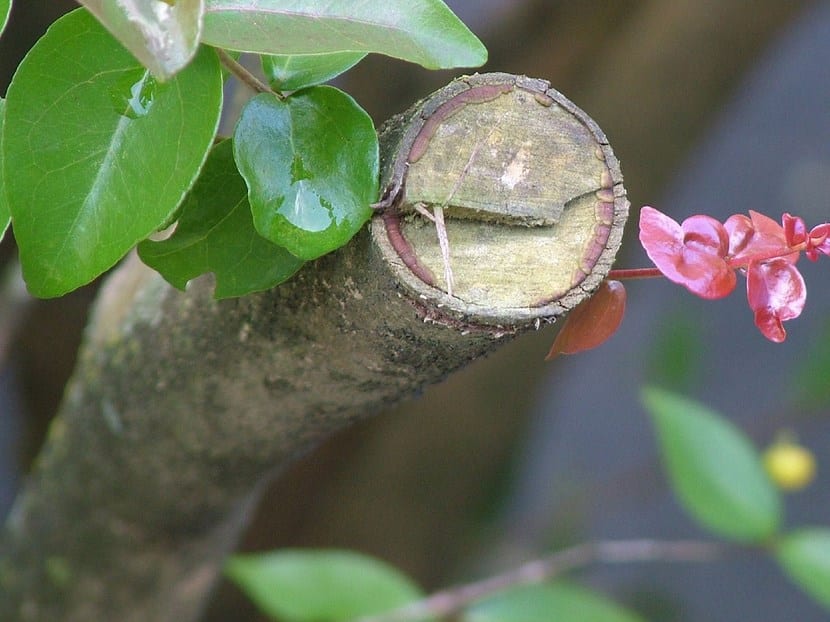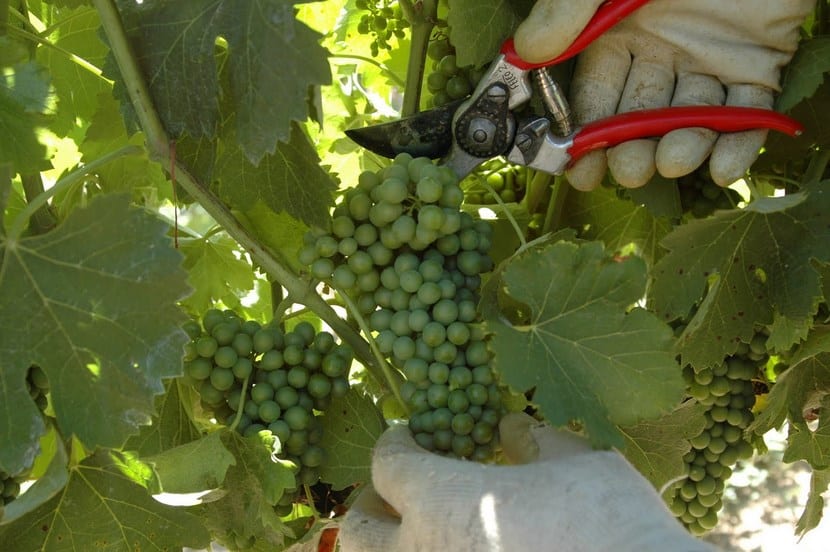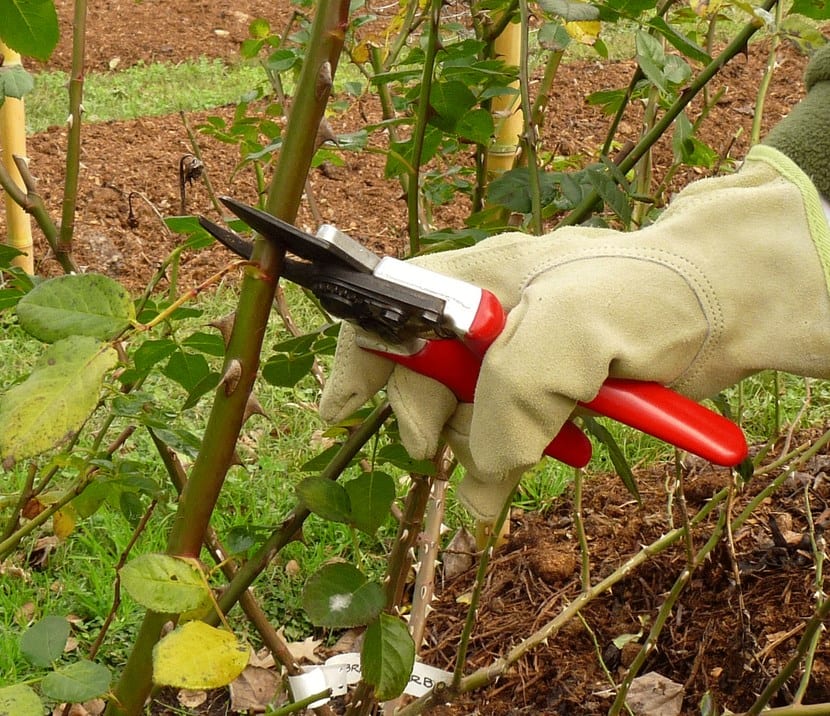
Most trees and shrubs need regular pruning to improve their conditions and thus face their future development. It is common for formation pruning to be carried out in early stages to establish the basic structure of the plant and then carry out the so-called maintenance prunings and grips, which guide and help control growth.
but there more specific pruning depending on the species.
Fruiting pruning
Fruit trees have a fruiting pruning that helps trees bear fruit. It is known that each fruit needs forty mature leaves and in good condition to develop and this pruning collaborates with the objective of balancing the fruits with the amount of leaves, branches and the state of the tree in general.

Flowering pruning
The objective is that plants have an intense flowering and for that this pruning is carried out. An annual pruning will suffice to achieve good results.

Pruning after flowering
This pruning is done only on flowering shrubs and it is carried out at the end of flowering, just at the moment when the new buds that will give rise to a new flowering have not yet begun to develop. If instead the pruning is done in winter, the flowering will be affected.
Rejuvenation pruning
It's a type of pruning that is carried out with the intention of improving the conditions of the plants. It is common that it is necessary when it comes to old plants that have not had a follow-up. Then, the dry branches and those that are crossed as well as those that are very weak are eliminated. In this way, the plant receives a renewal that will help it grow stronger and more vigorous.